
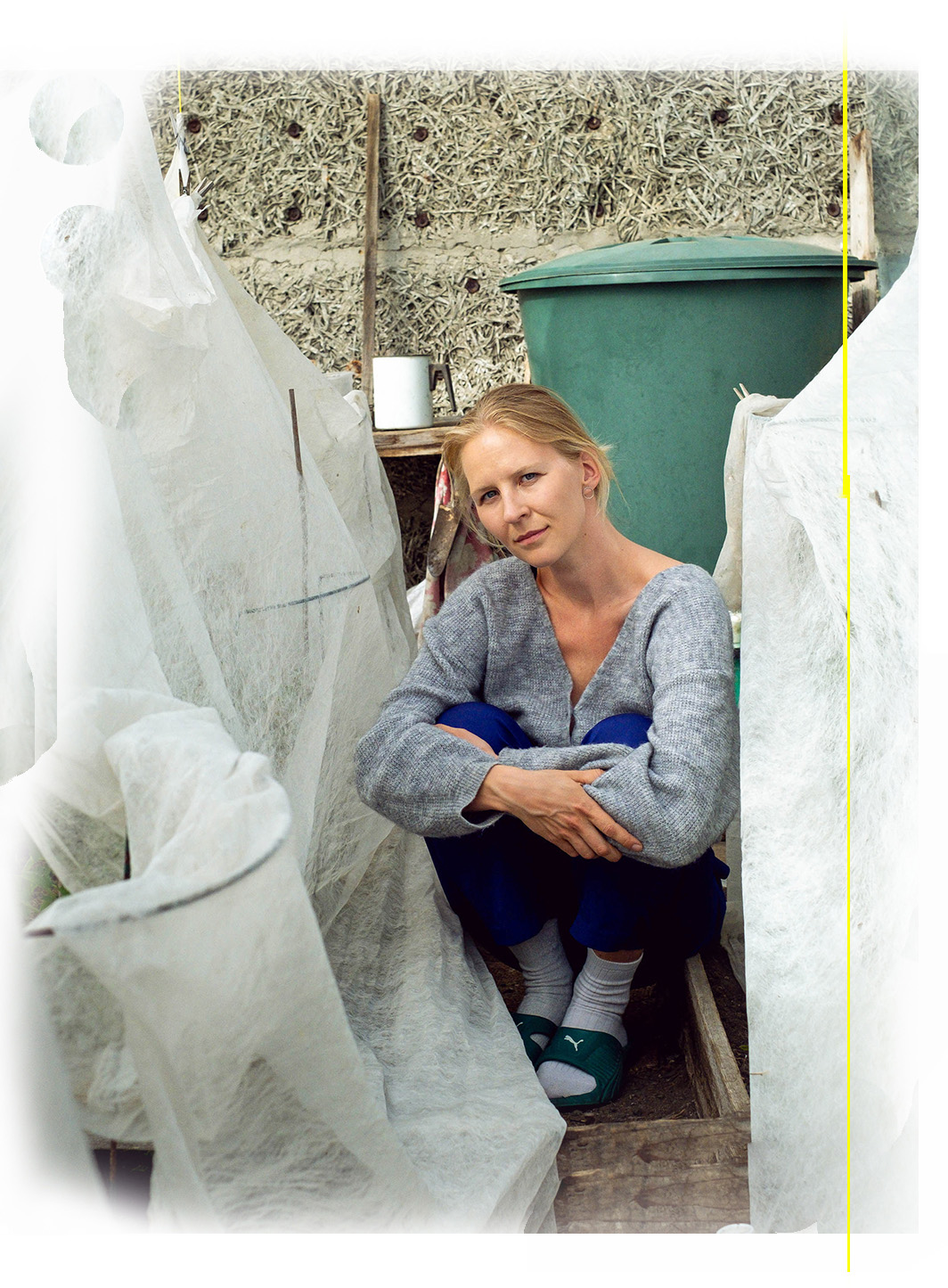
Are you tired of the beach and need some brain food? No need to look further: Lilian Hiob recommends must-see exhibitions of the season.
Summer is typically a time of stagnation in the art world, especially in private galleries – exhibition programs pause, summer exhibitions run for several months, and gallery opening hours are, at best, two times a week for 4 hours, if at all. In Central Europe, it’s not worth sending any urgent emails to private galleries in August because everyone is on vacation. For the same reason, it’s also not advisable to plan any "gallery hopping" in a major city in the end of Summer – you will most likely find yourself facing closed doors.
There’s a very specific reason for this phenomenon: art fairs begin in September (Frieze, Art Basel Paris, Art Cologne), and the last, one of the biggest and most prestigious fairs, Art Basel, along with all the alternative fairs in the same place, takes place in June. After that, gallery owners and art collectors get a well-deserved break from traveling, constant networking, and resource expenditure. Collectors have spent money on art purchases, and galleries recover from the costs of participating in fairs, which, along with additional costs, amounts to about €35,000: if the gallery is not Perrotin or Gagosian, participating in four fairs a year takes a considerable chunk out of your budget. However, an ambitious gallery cannot afford to miss a fair, as it is there that the greatest opportunities arise to meet representatives of institutions and industry journalists, internationally significant art collectors, and inspiring colleagues – other gallery owners, which helps initiate further collaborations, warm up collegial relationships, gain important media coverage, and place the works of the artists represented by the gallery into new collections or at least into the consciousness of collectors. Such an opportunity cannot be underestimated or left unused for a small country like Estonia.
But it’s different here, in Estonia. Due to the tiny private gallery scene, unlike the aforementioned standpoint, several quality art events take place here during the summer, some of which I will highlight.
As a result of long-term violent human activity, the environment has become unpredictable. The weather is schizophrenic, with heat waves alternating with autumn winds, and instead of following yr.no, you might as well gaze at the sky (the preferred option). However, museums are one place on Earth where climate and humidity are meticulously regulated to preserve valuable new and old art, with temperature regulation prescribed by European museum associations. Fortunately, in our museums, you can also see a quality exhibition program in addition to climate refuge.
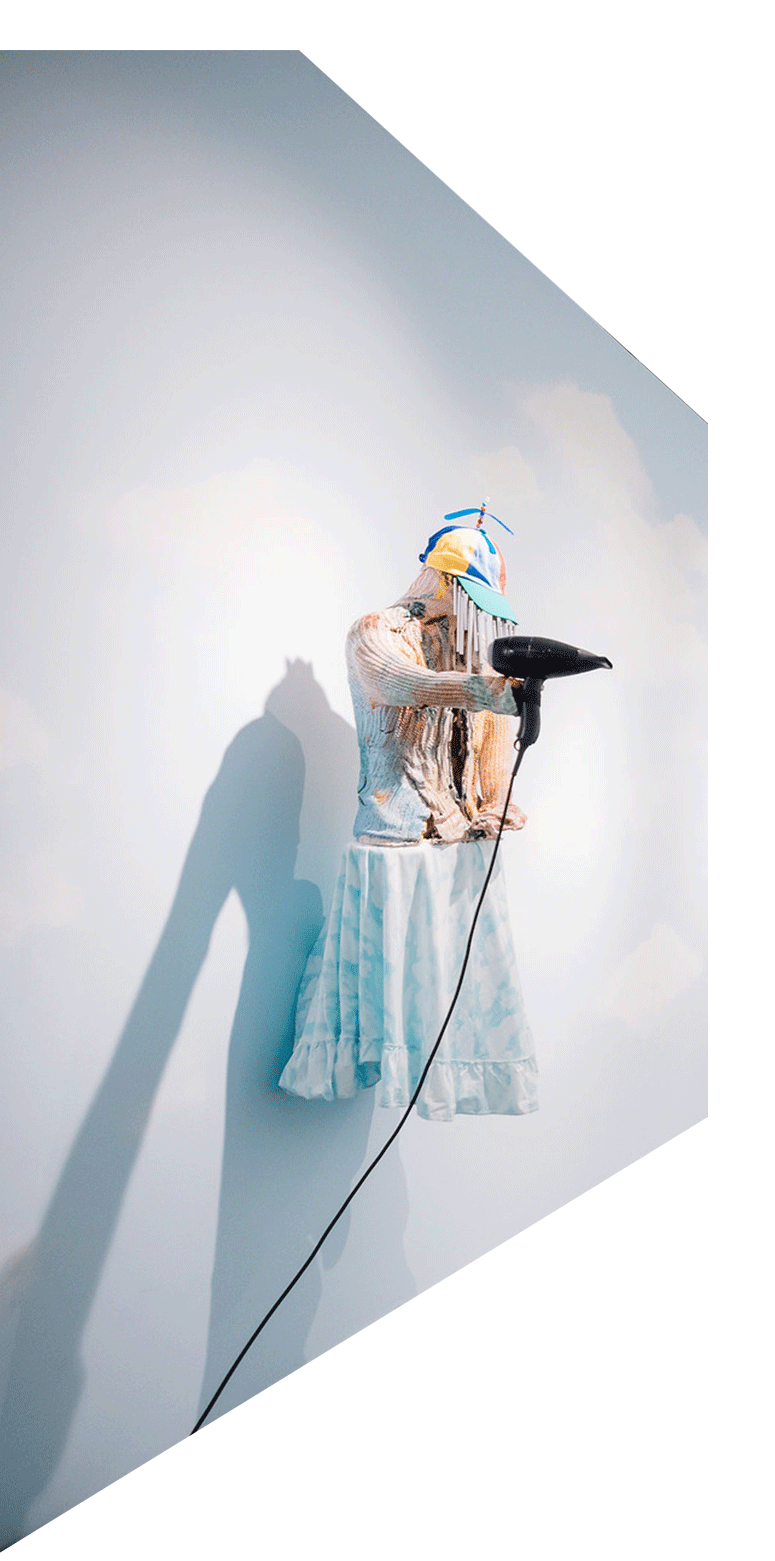
At the Tartu Art Museum, Estonians have the rare opportunity to see Kris Lemsalu's solo exhibition "Donatella. Whirlwind of Life”, featuring works already seen by art audiences in Austria, Switzerland, and Germany but not yet presented to the local audience. The exhibition, part of the Surrealism 100th anniversary program, draws the audience into Lemsalu's psychedelic, chaotic, and poetic journey called Life.
Hidden aspects of life can be seen in the Kumu project space at the exhibition "Guardians of Morality and Passionate Women. The Image of Sex Work in Estonian Art in the First Half of the 20th Century”, curated by Magdaleena Maasik, where the curator examines the changing image of sex work and the social attitudes accompanying this profession through artworks from the Art Museum's permanent collection. Erotic motifs are also seen on the 5th-floor exhibition "Elisarion. Elisàr von Kupffer and Jaanus Samma", where curator Andres Kalkun juxtaposes homoerotic paintings by von Kupffer, born near Ambla in 1872, with works by artist Jaanus Samma, born nearly 100 years later, exploring queer identity manifestations in folk culture.
Continuing on the topic but changing the form, it’s appropriate to mention that the nomadic gallery Daylight Project ensures a safe sauna experience for queer people – twice a month, the Logi community sauna invites those bodies "that do not belong, that are in transition, that want to feel comfortable, that have different needs, and that bend traditions." Information on specific times can be found on Daylight Project’s Instagram page, where you can also find other events initiated by them, which I encourage you to attend. For example, in July, a performance by three experimental musicians will take place in someone's private studio in Lasnamäe. In addition to quality and radical content, Daylight's activities offer the opportunity to visit unique locations.
Another event offering this opportunity is the biennial-scale exhibition "Enter Woodland Spirits”, curated by Evelyn Raudsepp and Henry Hütt, which invites 20 artists from the Nordic and Baltic countries to take a contemporary look at our heritage culture. Installative environments and ambitious sculptures can be seen in the buildings of the Estonian Literary Museum and the Natural History Museum of the University of Tartu.
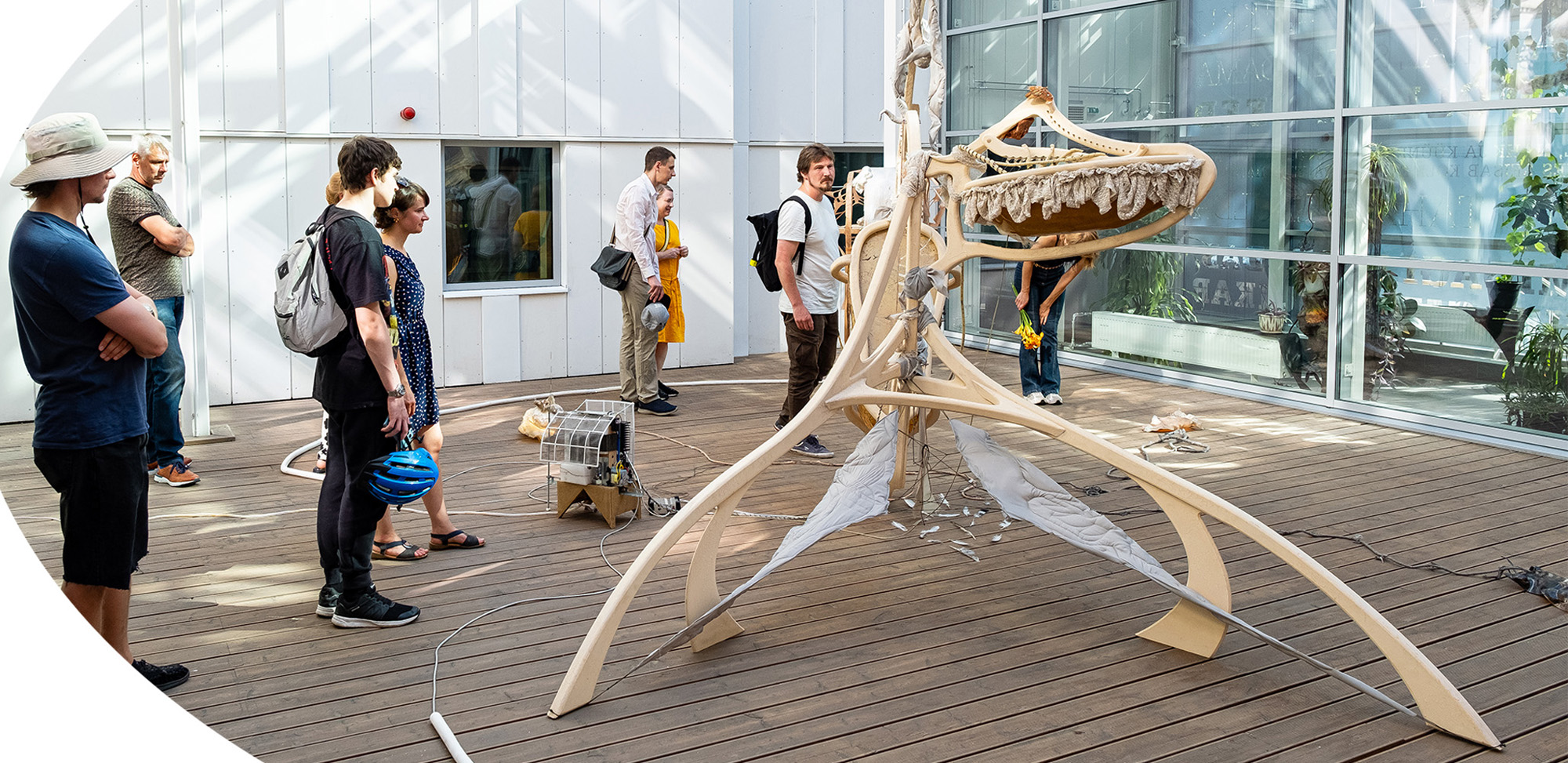
South of Tartu, at the art farm Maajaam, there is an opportunity to see the open-air exhibition "Wild Bits", where "Visitors can discover the artworks on a walk across expansive meadows, wandering past horse paddocks, lush forests, and mysterious bogs. Among other things, the exhibition offers a chance to experience wind radio and forest perfumery, listen to strange sounds echoing across the pasture, transport pine cones out of the forest on a conveyor belt, cheer on a robot seemingly tasked with an impossible mission, or paddle to the middle of a forest lake and explore its biodiversity like a scientist."
Even if the intriguing invitation to transport pine cones out of the forest or view contemporary art in a horse paddock doesn’t resonate, Maajaam, led by Timo Toots and Mari Liis Rebase, is worth visiting, as a trolleybus familiar from urban landscapes has been brought to the top of Otepää hill. Also you can explore the residency buildings, guarded by a Dalmatian named Muuro. Recently, Muuro underwent surgery, leaving him three-legged. A 3D-printed prosthetic leg was discussed, but his veterinarian decided that he is better off without one, as it could distress his sense of balance. So now Muuro is rocking on three legs and doing great at that.
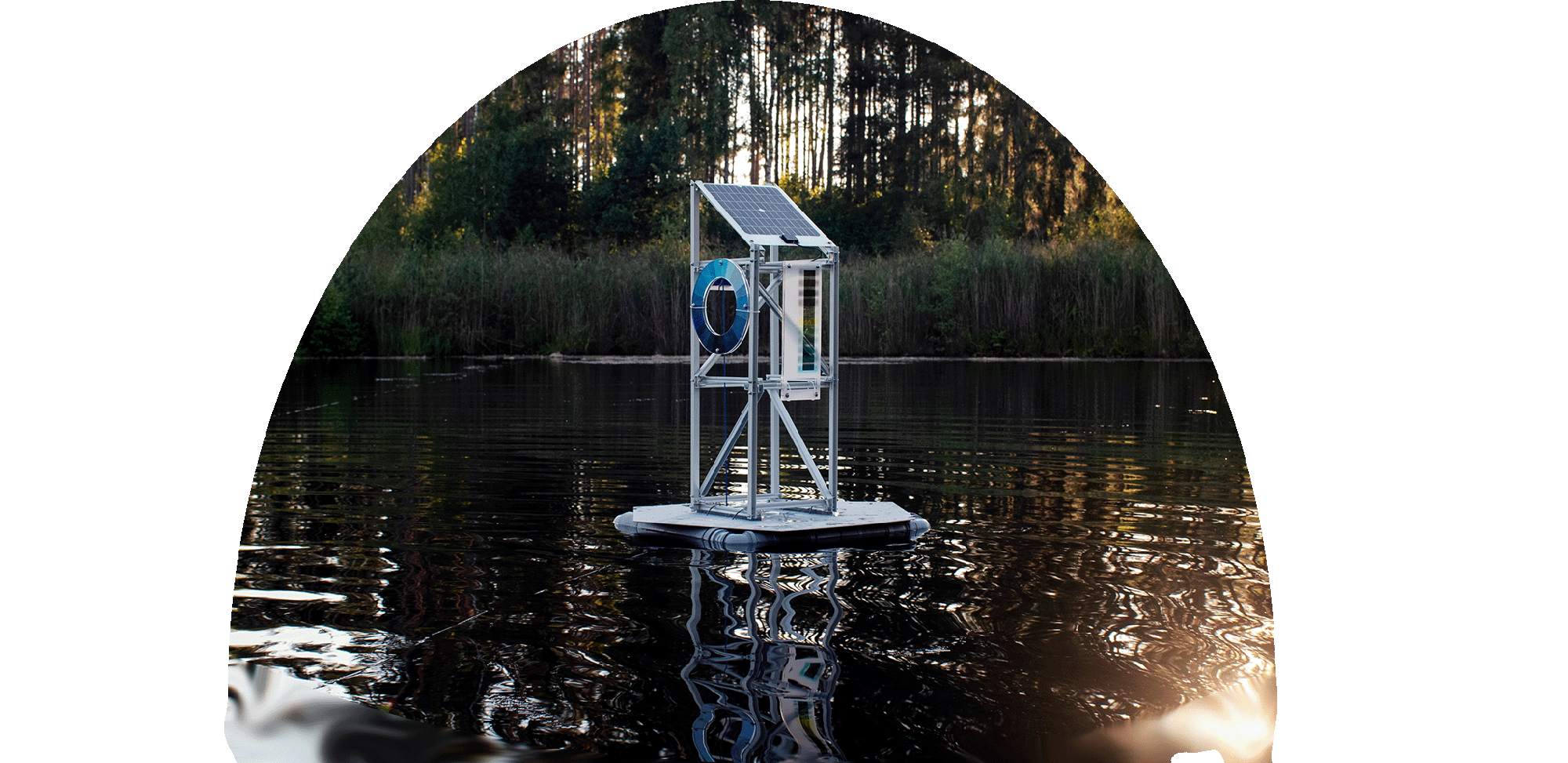
If anyone is indifferent to a 3D-printed dog leg prosthesis or Southern Estonia, then 18 kilometers from Tallinn is a place called Vaskjala. In the old schoolhouse of this village, the Vaskjala Residency has established itself. Their recent events include, for example, a lecture "Practical Introduction to Object Theatre" and an evening of sound art "Vask Cabaret." Open house days are also held, so keep an eye on their Facebook page for the program.
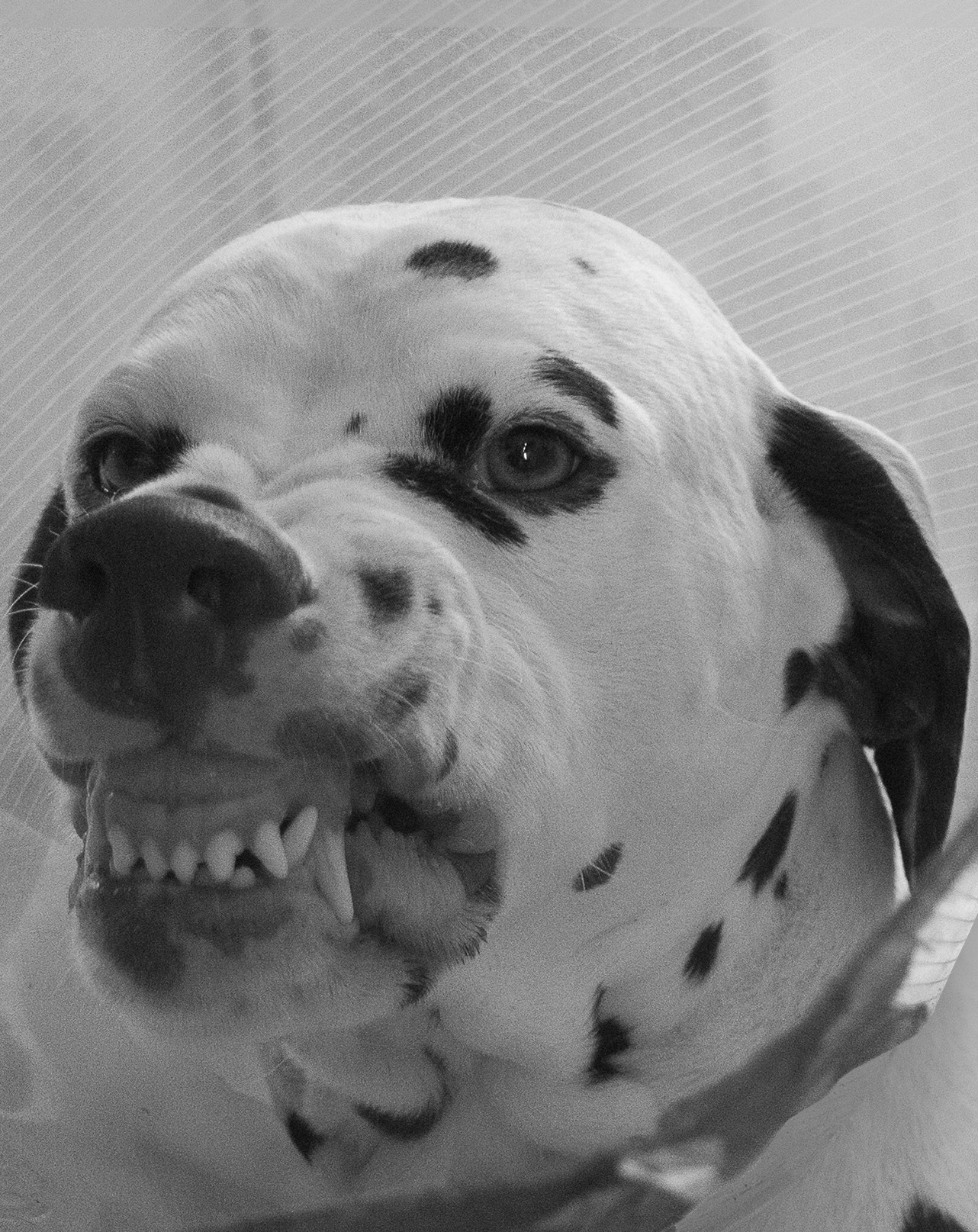
A crucial part of the Estonian summer is driving as far away from the city as possible, offering your body as a feast for insects, and providing mandatory summer blood donation to mosquitoes. Fortunately, this practice is supported by a diverse list of off-site exhibitions. Maarin Ektermann and Mary-Ann Talvistu's three-summer-long program Artists in Collections, which has brought contemporary art to (niche) museums in smaller settlements, has reached its third phase this year with the program "Kuko Kuubis – Artists in Collections, Communities, and Collectives". Estonian contemporary artists Sigrid Viir, Karel Koplimets, Uku Sepsivart, and Ingrid Allik have been invited to view local cultural heritage and create site-specific works. Exhibitions take place according to the aforementioned artists' sequence at the Ahja River dam in Taevaskoja, Tartu Observatory in Tõravere, Järvselja Training and Experimental Forest, and Räpina Paper Factory. The curatorial and political legacy of Maarin Ektermann on the Estonian art scene is hard to underestimate and would require a separate homage article, but certainly, the Kuko project is one that reflects the uniqueness of Maarin Ektermann's ambition.
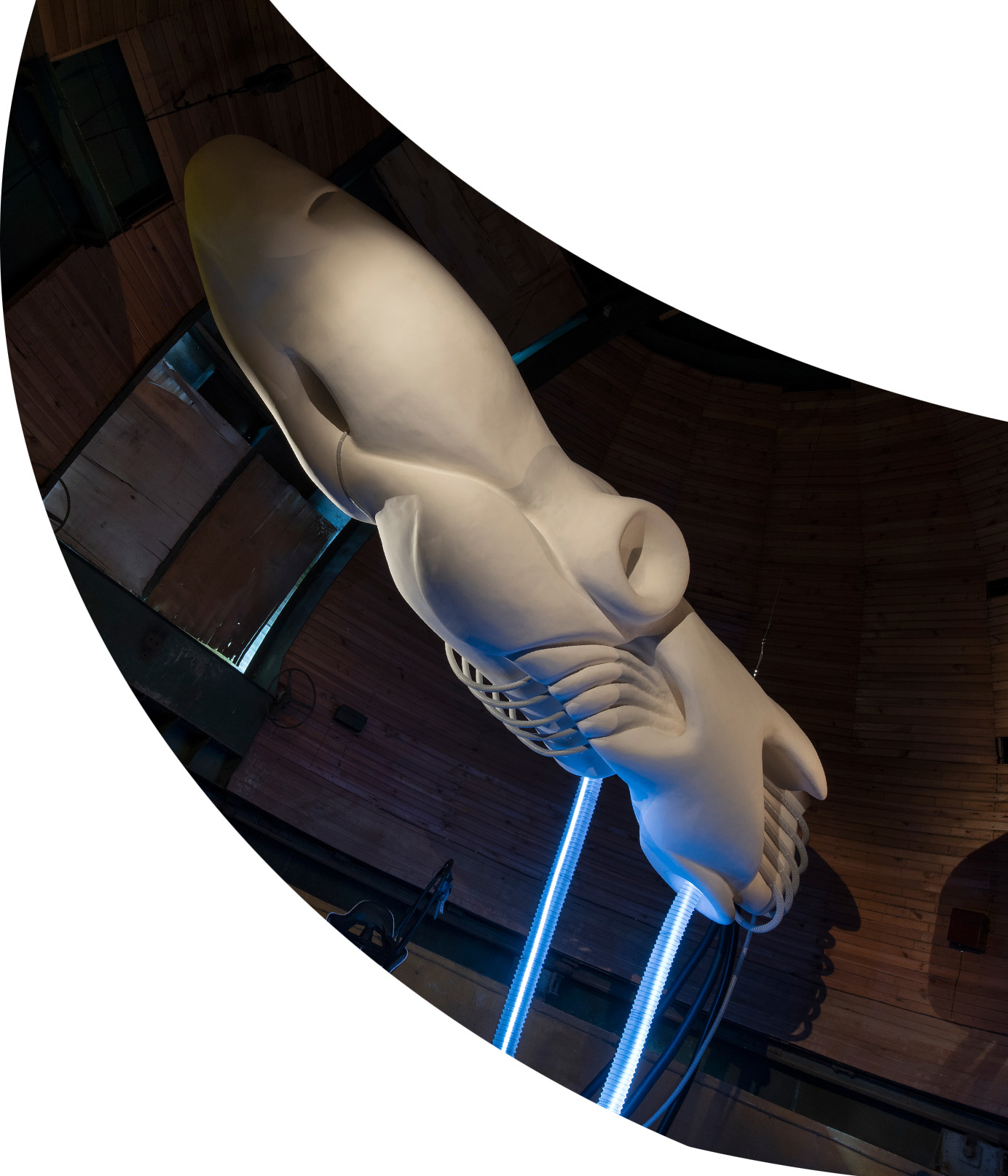
Even lifelong city dwellers don’t have to settle for insect- and sun-free museum exhibitions only. In the Green Hall of Telliskivi Creative City, the art festival "I Don’t Understand", initiated by Bianka Soe, will takes place. This year's exhibition "ReFormAction" focuses on young generation fashion designers. The exhibition once again proves why it is no longer relevant today to draw boundaries between fine art and fashion art – young fashion designers deal with social, environmental, and political issues, express them through fashion art clearly and eloquently, with a significant emphasis on conscious material use, employing both fading and contemporary technologies in their creations.
Did I forget to mention something important? Certainly. For instance, the duo exhibition "Cyan Oceans" by Kristina Õllek and Tuomas A. Laitinen at Kai Art Center, the group exhibition "Look into my Ice" at Tartu Art House, or the Banksy exhibition in Telliskivi Creative City. The latter is definitely a blockbuster, but it should be noted that the exhibition does not feature any of Banksy's original works. According to the organizers, they consciously avoid Banksy's original works and call the exhibition a tribute to Banksy's art.
Can anyone manage to attend all the aforementioned exhibitions currently taking place in the local scene? Certainly not. This is a sign of a healthy art scene: there are choices to be made, and the days of seeing all good exhibitions in one day are long gone!